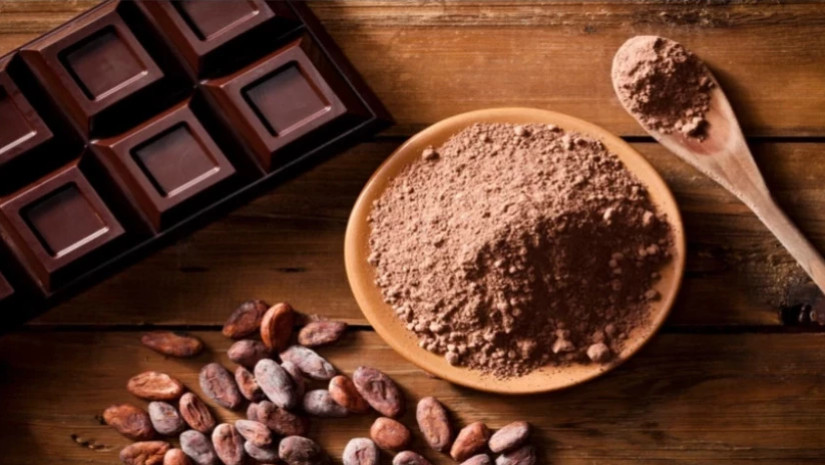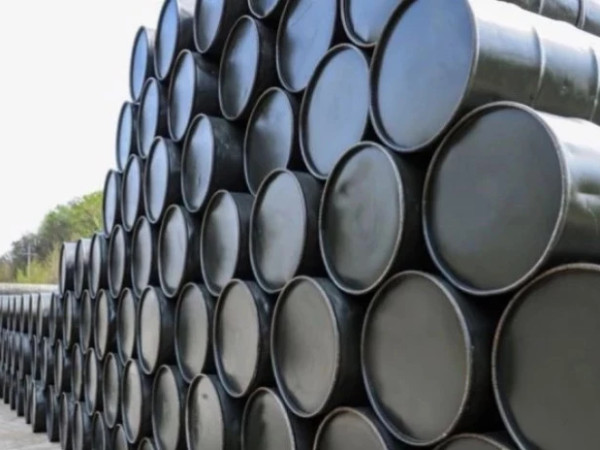Raw materials like cocoa rose to new records in 2024—outpacing other, more-glamorous assets and showing signs of going even higher in 2025.
Most-active cocoa futures trading on the Intercontinental Exchange were the best-performing asset this year so far, with an all-time closing high of $12,565 a metric ton this week according to data from FactSet, almost triple where it started the year. Instrumental behind that prolific rise was unprecedented extreme weather, which shows no signs of mellowing in the new year and instead looks to wreak even more havoc on commodity markets.
Weather-hampered production boosted cocoa, coffee and orange juice futures on the ICE all year, pushing them to record levels in 2024. Coffee rose 73%, to peak at $3.34 a pound—the highest level since 1977. Orange juice gained 69% in 2024, spiking at an all-time high of $5.48 a pound on Thursday. These three soft commodities outperformed the majority of more typically headline-grabbing commodities, such as gold and crude oil.
Cocoa even outperformed bitcoin, which had its own surge after President-elect Donald Trump’s victory in November’s election, leaving it more than doubled year-to-date.
A continuation of weather issues that have been problematic for years is lifting these commodities and consumers will continue to feel higher prices for chocolate, coffee and orange juice in the new year.
Excess rain has appeared to stop in the Ivory Coast and Ghana, where roughly 50% of the world’s cocoa is produced. But the typical dry season looks to have started early in West Africa, which may produce new drought-related challenges for cocoa.
Other major global weather irregularities include drought conditions in Brazil, which are affecting a host of crops, including coffee. Production of arabica beans may fall nearly 11% next year, according to a forecast from StoneX Group.
A direct hit by Hurricane Milton to central Florida in October highlighted an unusually active hurricane season, eviscerating orange groves and again setting back a recovery from disease issues and damage done to trees during Hurricane Ian in 2022.
As a result, the Agriculture Department forecasts Florida orange production to dip to a mere 12 million boxes. That would be the lowest production since 1930, according to USDA data.


















